The Amtrak Downeaster Nr. 683 to Brunswick, Maine
Starting in 1836 the construction of a railway from Boston to the North, to New Hampshire and Maine, started. In 1842 it began to operate as the Boston and Main railroad. In the next half a century the company acquired railways across the Northeastern states of Massachusetts, Vermont, New York, New Hampshire and Maine. At its peak the B&M operated with 1,200 steam locomotives and a force of 28,000 employees on 2,300 miles of track.
Signal tower A in Boston North station
Just after the Amtrak Downeaster Nr. 683 leaves Boston North station at 11.50 am on its way to Brunswick, Maine, it passes one of the last remainders of this famous railroad: signal tower A. It is abandoned, a ruin, overshadowed by the highway bridges behind.
The Boston and Maine used to operate numerous named passenger trains between Boston, New York and Montreal. There was a long struggle in the late 1950s and 1960s to keep commuter and long-distance passenger trains running. However, growing motor traffic and lobbying of the car industry for investments into Interstate Highways led to ever rising deficits and made it impossible for the B&M to break even. After 1960 the railroad gave up on long distance passenger service and the Boston commuter service was continued only thanks to the Massachusetts Bay Transportation Authority (MBTA).
But also freight traffic decreased. The Boston and Maine had profited from the industrialization of New England mill towns like Lowell, Saco, Haverhill or Lawrence. Steel mills, textile and wool factories and ship yards successively closed down. The industrial decline left deserted town centers. Many of the buildings were raised and replaced by parking lots in controversial restructuring projects of the late 20th century.
The Downeaster passes through Haverhill, Lawrence and Saco, where a number of enormous brick buildings, former industrial sites or parts of the old town center survive and dominate the view from the train windows. The big station yards are reduced to a shadow of their former self. A homeless guy sleeps on one of the view benches of the platform with all this industrial archaeology in the background.
After several resurrections and near bankruptcy the name of the B&M disappeared after the line was bought by investors in 1983. Almost 150 years of railway tradition disappeared. However, recently some of the passenger train services have reappeared. One was the creation of the Amtrak Downeaster service from Boston North Station to Brunswick in Maine via Portland. It was reintroduced in 2001.
The names of the stations along the way are typical for New England. There is Dover, Exeter, Durham, Berwick and others. As soon as the train has left Massachusetts it runs through a landscape of endless swamps and forests. It is generally unknown that New Hampshire and Maine are actually some of the least populated states of the US. Towns are substituted by semi-permanent trailer parks. Yellow and brown are the prominent colors under a friendly, but cold blue winter sky dotted with friendly white clouds. Suddenly I notice a green tent, alone, in the middle of a barren forest along the line. No car, no humans.
The train track is rough. The cars rattle over uneven joints in the rails. There is a second track but it is unclear whether it is in the process of being rebuilt or removed. The conductor announces each station personally by walking from car to car down the train. Even before we arrive in Portland most of the travelers have left.
In Portland the train briefly runs backward before it continues on another track towards the last stops, Freeport and Brunswick. Before we slowly leave Portland the attentive observer gets a glimpse of a couple of homeless, who have set up their camp under one of the highway bridges.
Only few people take the train all the way to the terminus in Brunswick. When I get off I notice that the station building also houses a tourist information. Previously this turned out to be a table or shelf displaying a varying number of information folders. Self-guidance, they call it. In Brunswick, the information counter is manned by Kristi, a middle-aged woman wearing a face-mask, who also assists in the purchase of train tickets.
Next to maps of Brunswick, Bath and the Harpswell archipelago she offers bus schedules and trail maps. A helpful gentleman waiting for the next bus recommends the many hiking trails of the Harpswell heritage land trust. The problem is how to get there without a car. Kristi and the gentleman are a bit clueless. There is a free bus which connects the bigger businesses in town to improve the shopping possibilities of those who cannot drive. There is a bus to Freeport, Yarmouth and Portland, but it is not suitable for access to the hiking trails. And the bus to Front street in Bath only runs three times a day. I ask for bicycle or car rental. There are two bicycle shops in Brunswick, who might rent out bikes and Kristi indicates them on the map. The car rental is a long walk from my hotel which is right next to the station.
In Hotel Brunswick I find a room which finally fulfills all my needs. There is a tea and coffee machine, a fridge, a cozy armcair with a good reading light and a large desk with a comfortable chair, a notepad and pen. Even better, the hotel also has a good restaurant and a seating area around an open fireplace. But how do I spend my evening? Sit in front of the fireplace and read my book? Or read it in the cozy armchair in my room? Or sit in comfy chair at the ample desk to write? I am tired and go to bed.
Brunswick used to be an important rail junction, where at least three lines came together. The lines to Lewiston and via Augusta to Waterville don’t seem to have seen traffic any more for some time. There is another line to Bath and on to Belfast which seems to see the odd freight train. It is unclear why the train ends in Brunswick. The line, rusty and covered in autumn leaves, continues. Why does the train not end in neighboring Bath or more important Augusta or Bangor? Or why does the Downeaster continue past Portland to Brunswick at all? There are numerous buses as well.
The reason could be across the street, Maine Street, in fact, from hotel and station. Brunswick is the seat of private Bowdoin College. The college seems to occupy a bigger space than all the rest of Brunswick together. Founded in 1794 it is one of the oldest of such institutions in the United States.
Like many colleges of this kind the oldest part of Bowdoin College is centered around a big main quad shaded by big trees. The main campus in Brunswick extends over an area of 87 ha and includes 120 buildings. 1881 students were enrolled at Bowdoin in 2024. There seem to be more chipmonks on the campus than students. Some of the buildings go back to the 18th century. Massachusetts Hall on the main square is from 1802. The college also has acquired numerous attractive old mansions which dot the park-like area around the college. One is the Parker Cleaveland House, where this professor of the college live from 1806 -1858 and the Harriet Beecher Stowe House built in 1806 - 1807. And of course the sound of Big Ben sounds across the campus each quarter of an hour.
During its history the college has graduated a couple of illustrious students. Robert Peary, who might have been the first to reach the North Pole, graduated here in the class of 1877, and Donald B. MacMillan, another prominent arctic explorer, in the class of 1898. US President Franklin Pierce graduated here in 1825. The college also educated several future governors. The writers Nathanial Hawthorne and Henry Wadsworth Longfellow have studied here. The author Harriett Beecher Stowe lived in a house close to the campus while her husband was a teacher at the college between 1850 and 1852. During that time she worked on her most famous book, “Uncle Tom’s Cabin”. The college has bought the house. Bowduin’s first black student already graduated in 1826. The percentage of students of color is 31 %.
However, the college seems to have difficulties to loose its reputation as an institution for the prosperous white. It is said that it caters mainly for the offspring of the wealthy conservative of the state of Maine. The medium common income of the parents is 195.900 $. The tuition fee is 60.000 $ a year. In fact, only 10% of Bowdoins students are from Maine. Most are from California. 149 students come from abroad, with the biggest share of 24 from China.
U.S. News & World Report classifies Bowdoin as "most selective". Only 7 to 9% of the applicants are admitted. 85% of those being admitted receive financial assistance from the college. In 2021 the most popular majors were Political Science and Government (82), Econometrics and Quantitative Economics (61), Biology/Biological Sciences (30), Biochemistry (28), Neuroscience (25), English Language and Literature (25) and Mathematics (25).
One of the many chipmonks
The campus has two museums. The Bowdoin College Museum of Art and the Peary-MacMillan Arctic Museum. Entrance is free.
The arts museum of Bowdoin college
The art museum has a broad collection of works ranging from Assyrian reliefs to modern paintings and sculptures of Picasso or Matisse. The museum is housed in a superb building with an underground entrance and floor. When you go upstairs you stand in front of man-high assyrian reliefs of the 5th century AD. A light projection gives the impression how these reliefs originally were painted. All works of art have a clear and extensive description.
Bowdoin college is involved in Arctic research already since 1860. Their mascot, a polar bear statue, decorates the center of the campus. In 1909 they purpose built a Schooner not surprisingly named “Bowdoin” which was suitable for cruises in Arctic waters. Until 1954 Bowdoin graduate Donald Macmillan sailed the Schooner into the Arctic and to Greenland. Macmillan was also a fervent photographer and started taking movies in 1913. His first cameras, photos and stunning movies are shown in the museum.
In 2020 the college built new buildings for the Arctic research department and museum. Both buildings are based on laminated wooden beam structures. The wooden beams were imported from Austria. One of the staff in the Arctic department explains that 95% of the energy consumed by the college is from solar panels installed on a nearby abandoned navy air base. The museum building has a lopsided roof and he shows me the picture of an iceberg which served as an inspiration for the architect. The building next door is from wood, but covered with stone paneling to fit in with the appearance of the surrounding traditional Bowdoin buildings.
Bowdoin is still strongly involved in Arctic research in Greenland and Labrador and students are sent there for projects on a regular basis. Videos show research projects focusing on the influence of climate change on the life style of the native Inuit population. The college has developed an instrument called SmartICE which can instantly measure thickness of sea ice to reduce the chance that dog sled teams or snow craft disappear in the sea through broken ice.
As the crow flies Maine stretches out for 367 km. However, Slartibartfast, the Magrathean designer of planets and in particular coastlines in the Hitchhiker’s guide to the Galaxy, has done an incredible job by crumbling this distance into a coast 5597 km long of inlets, islands and bays. One of the most remarkable parts is south of Brunswick. I decide to cycle down Harpswell Neck along route 123. Points point preserve is the end of the neck 23 km from Brunswick along the peninsula/insula. Parallel is route 24 going down for 27 km to Bailey Island along Orr’s island. Bowdoin college has a marine biology and oceanographic research station down there which can be visited.
I walk into town and eventually I find Center street bicycles – Kristi had indicated the wrong spot on the map. The owner, Tim, has a nice red bicycle for me. With airless tires, so no punctures. I get it for 30 $ a day.
Tim has warned me. There are very few bicycle paths outside Brunswick. In winter the traffic might be OK but in summer with the road full of tourists and motorhomes he would not recommend to cycle. Indeed do I soon get the impression that all of the odd 4800 inhabitants of Harpswell are out in their, usually over-sized, pick-up trucks to see me on my bicycle. However, in general people drive careful and hold a wide distance while passing. But even with motorists who are behaving it is not such fun to cycle on a paved road with a lot of traffic.
Route 123 mostly runs down the spine of the neck without touching the coast. It is pleasant countryside with a lot of forest but no view of the sea. Most of the area is private land and many of the dead end roads towards the shore are marked with “private” signs. I guess the owners of these quiet properties along the shore do not want to be included in the summer-time onslaught of visitors.
However, there are the preserves of the Harpswell Heritage Land Trust. Many of the hiking trails in these, mostly small, protected areas lead to the shore. I stop at the Skolfield shores preserve, which comprises 1.21 km of protected shoreline. Several hiking trails through forest, fields and salt marsh lead to the water.
I take a short shore trail to Middle Bay cove. It starts at the beautiful Merrucoonegan farm of 1897, surrounded by trees like art works. On the road they also have a picturesque fish-stand, which now, in winter is closed. It is only a short walk to a restored boat house. A rocky ledge leads into the calm waters of the bay.
Next I try the trail at Wilson cove. A board walk leads across the sodden floor of the forest and ends abruptly at the edge of a cliff. Only few meters to the left or right there is private land. There is no possibility to go down to the sea.
Shortly afterwards I arrive at the old center of Harpswell. The historic society has restored some of the old buildings. The Museum was built in 1901 and originally was the Bailey Store. Next to it a stone-ring cattle pound. Next to the museum the Elijah Kellogg congregational church from 1843. Across the street the Meeting House constructed in 1757 and a beautiful old cemetery. All the traditional buildings in the area are painted bright white.
From the center of old Harpswell a road along barren tree sculptures and scenic dilapidated barns leads down to Lookout point. A Bed & Breakfast in a beautiful white building overlooks a tiny lobster harbor. In the background a couple of little islands. I am the only one around.
I try another detour along Allen point road but cannot find another beach access. Moreover I am very much afraid to return too late. Cycling on the busy road without sufficient light in the dark might be dangerous. With the setting sun it also starts to get cold on the bicycle. So I turn around and head back to Brunswick. With a bit of sightseeing on the way I was only able to make about 35 km today.
The long coastline with its protected bays and the easy supply of timber from the forest in the interior caused Maine to become a favorite location for building wooden ships. One of those ship-building sites was along the Kennebec river. Today the town of Bath still houses the General Dynamics Bath Iron Works, a ship building yard mainly building destroyers for the navy. But Bath also houses the Main Maritime Museum located at the site of a former yard which had built the biggest wooden ships in North America.
The question is how to get there. There is a bus, but it only runs three times a day and the departure at Brunswick station is as late as 11.45. I think about renting Tim’s bike again, but his shop only opens at 10 am. I probably need at least an hour to cycle 12 km to the museum. If I want to be back before dusk I would not have a lot of time. So I think of Uber. I download the app and ask for a driver at 9.30.
And it works. The app shows precisely when the driver will arrive and Mohamed from Ethiopia shows up right on time. After spending 10 years in South Africa he arrived in the US 7 years ago. In summer he has lots of work driving for Uber. In winter it is quiet. That does not make it cheaper. It costs me 44 $ and a tip of 5 $ but I am at the Museum shortly after it opens at 9.30.
It is still early and the air is cold. While walking towards one of the exhibits I cross a shadowy part of the walkway and suddenly my legs glide away in front of me and I land on my back. I am fortunate since my head bangs on the backpack which is slightly softer than the tarmac of the sidewalk. I get up and check my bones but everything seems to be fine. The camera which was in the backpack also still seems to be OK.
The first ship built in 1607 by immigrants in North America was the Pinace “Virginia”. Their attempt to settle here was no success and the “Virginia” was used to sail right back across the Atlantic to England. Since then 5000 wooden ships were built in various shipyards along the Maine coast alone. The Percy & Small Shipyard opened in 1894 to build schooners. That was 4 years AFTER Bath Iron works had opened a new shipyard to built steel ships just next door. However, there was a market for wooden sailing ships. They were used as bulk carrier, mainly to transport coal from the east coast. With a crew of only 14 men the costs were low.
Until 1920 Percy & Small built 42 schooners, 7 had 6 masts. The biggest was the “Wyoming”. It could carry 6000 tons of coal at a time. Of the 42 ships built here, 37 were lost at sea. The Wyoming went down off the coast of Cape Cod in March 1924. None of the 14 crew members from the US, Chile, British West Indies, Cabo Verde, Colombia, Denmark and Sweden survived. The average life span of the schooners was only 13 years. Not surprising that their time was soon over. The wikipedia entry below has a list of all the schooners built at Percy & Small including their fate.
The schooners were built on 4 open slipways. The slipways are gone today. On the site of one an artists impression of the Wyoming’s bow, masts and prow is installed to give an impression of the size of the ships built here. It took 6-9 month to build a ship. By chance most of the different buildings of the former shipyard were preserved and now have exhibits to show the different steps necessary to built such a behemoth.
The drawings, models and moulds of the ships were designed in the mould loft, a large hall were the shape of the wooden frame could be drawn on the floor. Next to it a reconstruction of the blacksmith shop where all ironwork used for the ships was produced.
One building houses the treenail and paint shop. Treenails were used instead of iron bolts to join the wooden parts of the ship together. Depending on the size 26.000-34.000 treenails were necessary. On the floor above the treenail shop was the paint shop. One coat of paint for the Wyoming required more than 200 liter of paint. Three coats were applied. The paint was prepared from oil and pigment in this shop.
Special wooden parts like handrails, doors, ladder were made in the mill and joiner shop. All the machinery was driven by belts. Percy & Small were a rather modern enterprise and the energy for the belts came from electric motors.
Another shed was for the caulkers who applied the sealant to the seams of the wooden hull. The oven where the tar was heated is also preserved.
Only one of Percy & Small’s schooners still exists, somehow. The Cora F Cressey, built in 1902, was converted to a floating night club in 1929. Since 1938 the remainders, now a national historic landmark, rot away in Bremen, Maine. Parts of the hull were preserved in the museum.
Other types of sailing ships did not fare much better. Of the many clippers built in the US, only the bow of the “Snow squall” survives in the museum. Built in 1851, it ran aground at Cape Horn in 1864. It was towed to Port Stanley, Falkland Islands, where it rested since. In a complicated operation the bow was saved and brought to the museum.
And then there is the boatshop. When I enter there are four old-timers having lunch. It looks like another version of the mill and joiner shop of the museum. Only the machinery is more modern. They also have an oven with can heat a box to make wood bendable to adapt to the shape of a ship. Here small boats are built or restored. The old-timers show me a book about the construction of the workshop. Here they give demonstrations to school classes, often several a day. The one today was in particular exhausting. Below the workshop is a collection of boats, ranging from a sailing canoe built in 1890 to different lobster boats. The sailing canoe even made it to the swiss lakes.
The historic shipyard was still used for the restoration of the “Bowdoin”, the Schooner which took part in so many of Donald Macmillans expeditions, between 1980 and 1984. The workshops also made parts for the restoration of the USS Constitution on display in Boston Harbor.
The museum also has a display of the modern enterprise next door. General Dynamic’s Bath Iron Works ship yard has built more than 400 iron ships since its foundation in 1890. More than 100 were war ships. During WW II BIW finished a destroyer every second week. Eventually they one out of four destroyers built for the Navy during WW II was built here. It still produces the most modern destroyers of the American Navy. They can be seen from above on google maps.
The streets on the slopes above the former and present ship yards are lined with attractive wooden houses with verandas and front porches set between barren trees under a deep blue sky. I walk back to the center of Bath. There should be a bus back to Brunswick in the evening.
On the way I cross the railway track from Brunswick to Belfast, which crosses the Kennemec River on the impressive Carlton lifting bridge. It used to have two levels, lower level for the railway and upper level for the road. The road has got a new bridge next to it, the Sagadahoc bridge. Both are technical master pieces. Carlton bridge had at the time of its construction in 1927 the world’s deepest pneumatic piers with 36 m under water level. The Sagadahoc bridge has with 906 m the longest balanced cantilever precast concrete segmental span in the US.
Under the bridge is the lovely old Bath station. But neither Boston & Maine nor Maine Central railroad stop here any more. In the time of the Percy & Small shipyard, the timber for the masts had to come by flatcar from the pacific Northwest while a lot of the other timber came by rail or ship from Southeastern United States after the forests of Maine were exhausted. Today the big BIW shipyard does not even have a rail connection to bring in metal sheets or machine parts for the ships to be built.
I have to wait for the bus for 2 hours. Bath has a nice town center full of restaurants with names like the “Boatbuilder’s Pub”. I go to the Cafe Creme. It is in a former bank building. The vault alarm of the bank is still out there on the facade. There are plenty of other bank branches in Bath. They do not have a vault alarm any more. Probably they are permanently out of money.
All of the Boston & Maine’s many steam engines are gone. Well almost all. On September 10, 1939, B & A’s P-2 class 3666 built by ALCO in 1913 was pulling the local Passenger Train 2020 from North Berwick, Maine to Boston, Massachusetts. There were 12 passengers and 5 crew members including Fireman Charles Towle and Engineer John Beattie on the train. At 7.10 pm the south-bound train crossed the 500 m long Portsmouth bridge over the Piscataqua River when suddenly the bridge failed due to a shifted truss that had been hit by a cason of the bridge under construction next to it. 3666, the tender and the first passenger car fell into the river. Nobody was inside the first passenger car but Firemen Towle and Engineer Beattie drowned. While the bodies of the poor railway men were soon found the engine is still there, somewhere in the bed of the Piscataqua River under the bridge. You can see on Youtube how it is admired by divers and the fish. One of the leading wheels is in the Kittery Historical & Naval Museum.
The next post will deal with my experiences on the busses.
Source:
Link to previous post:





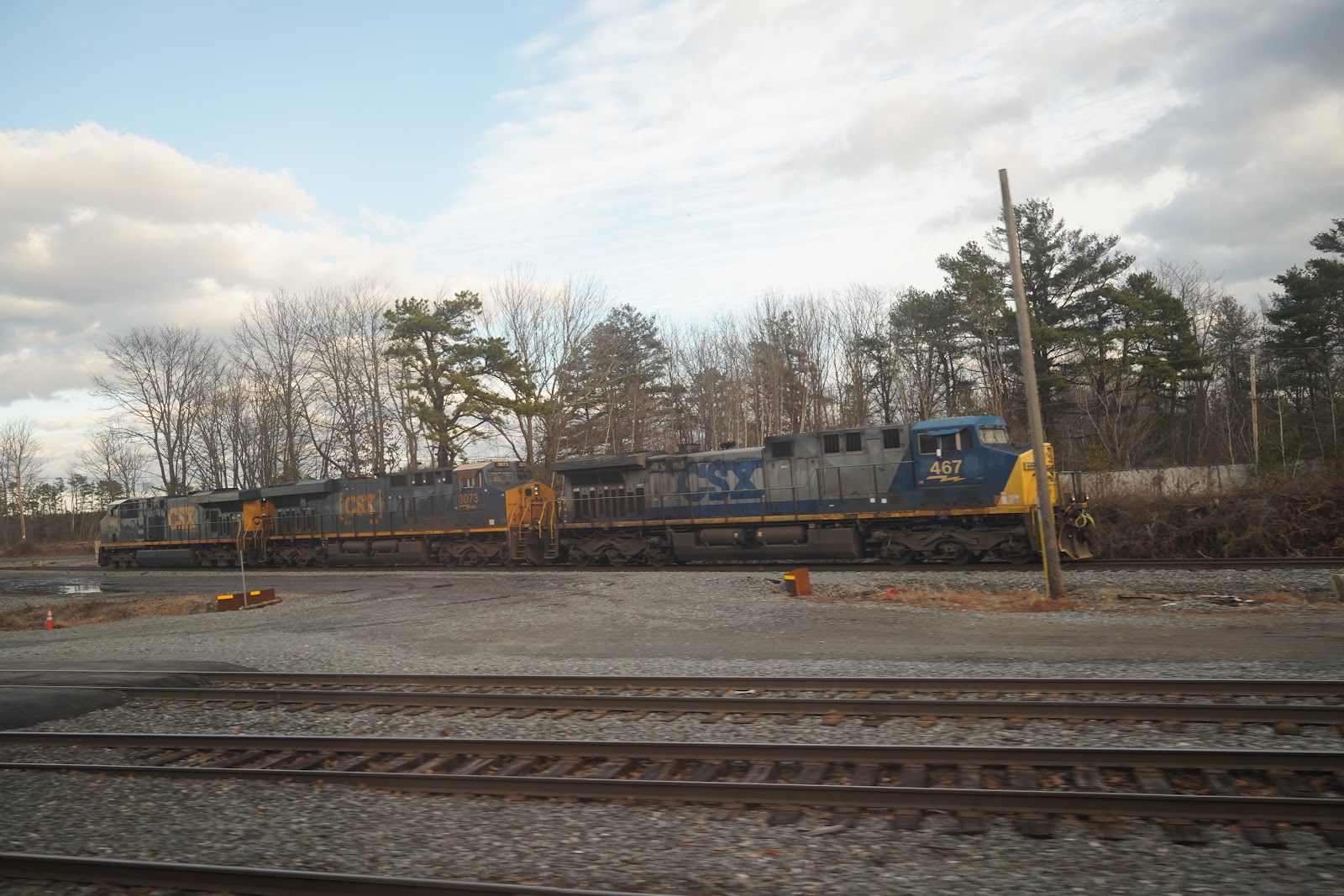










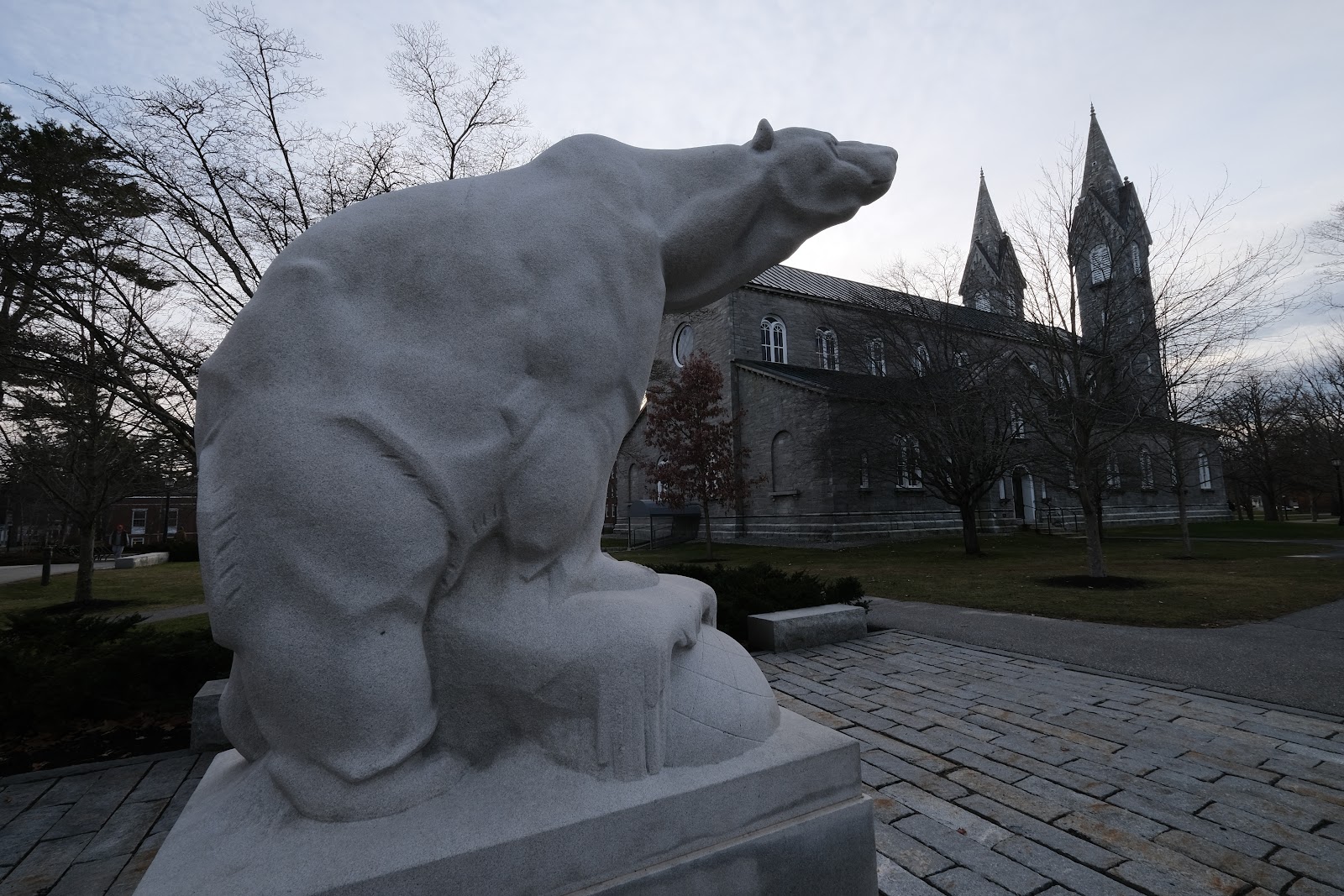
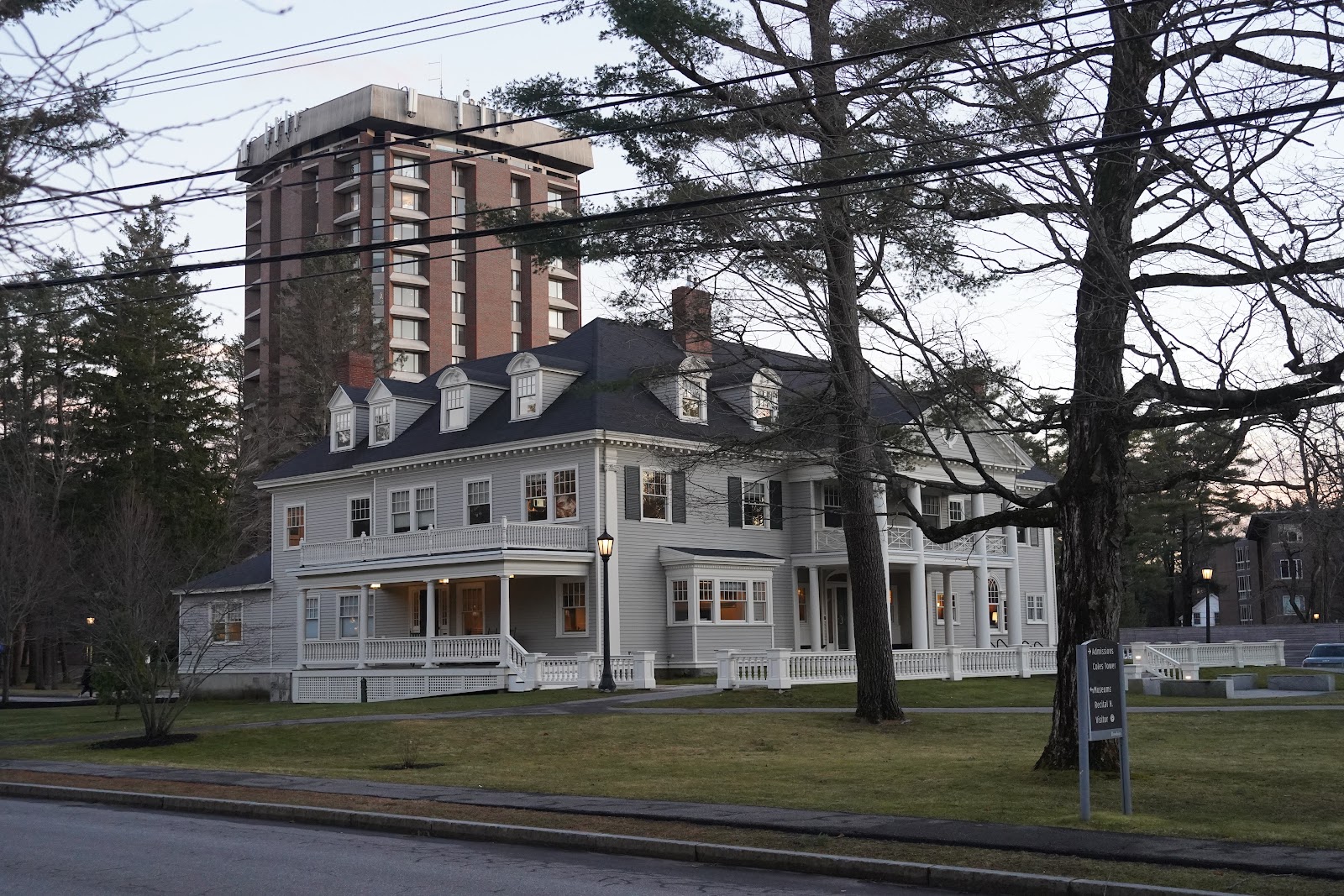




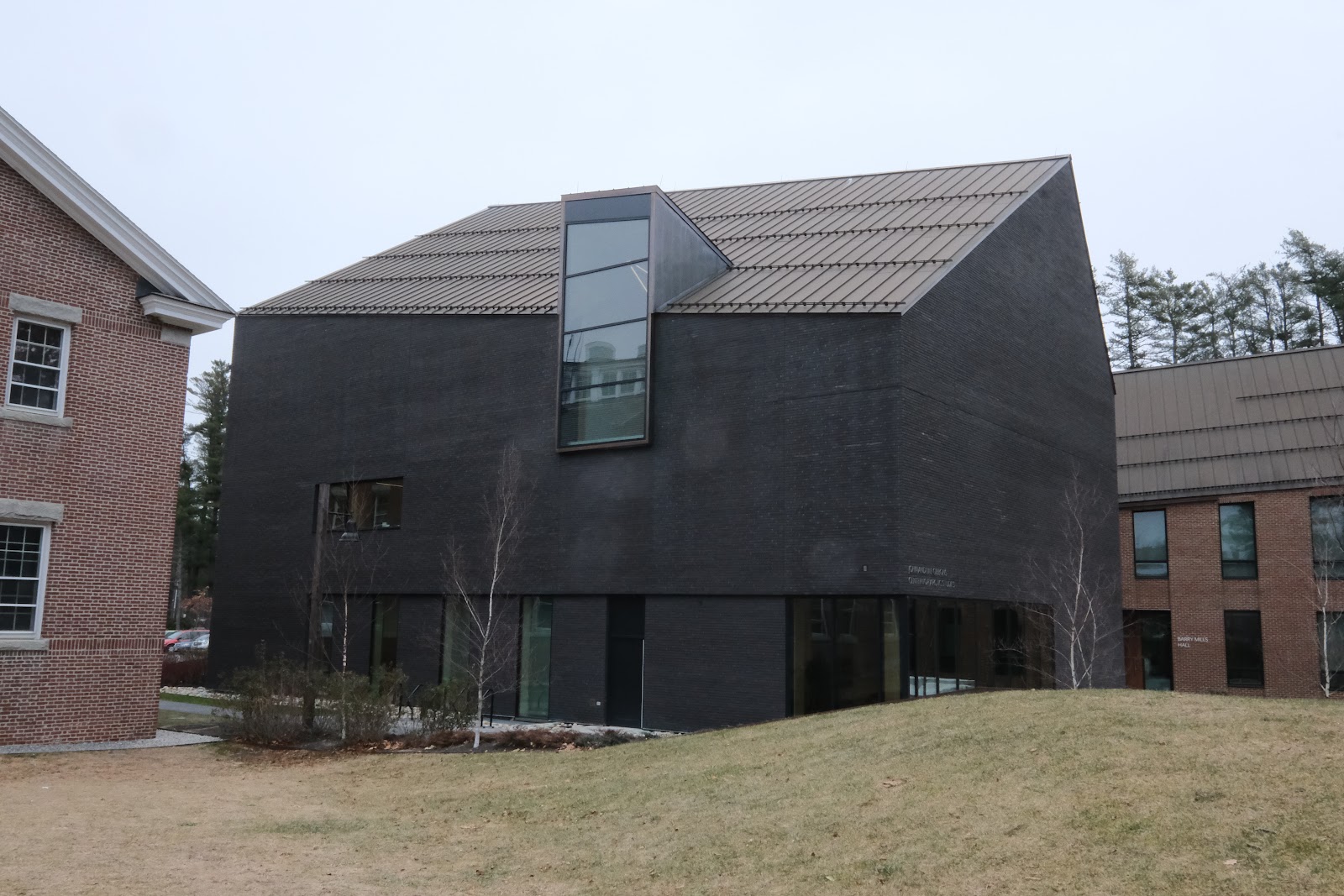

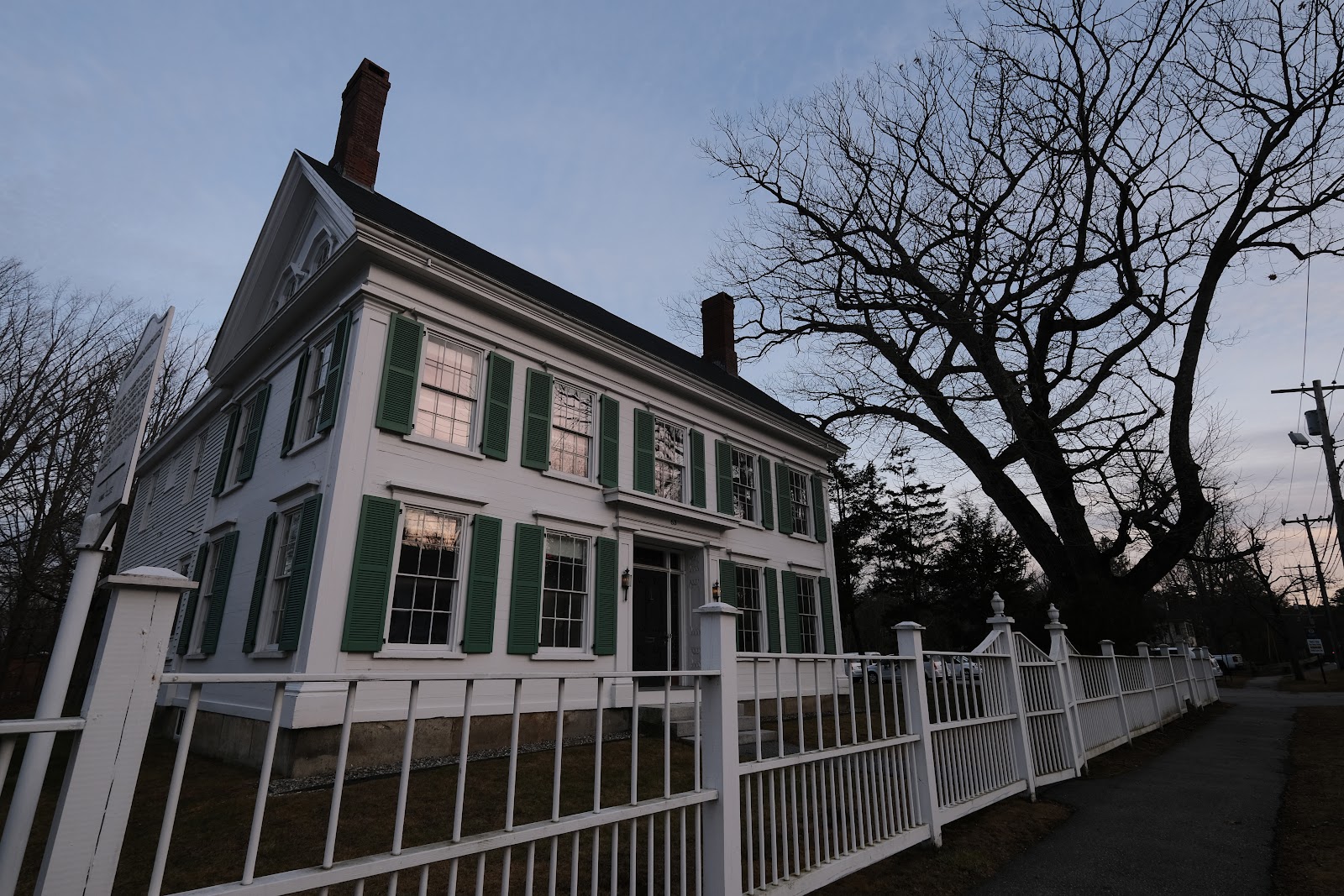















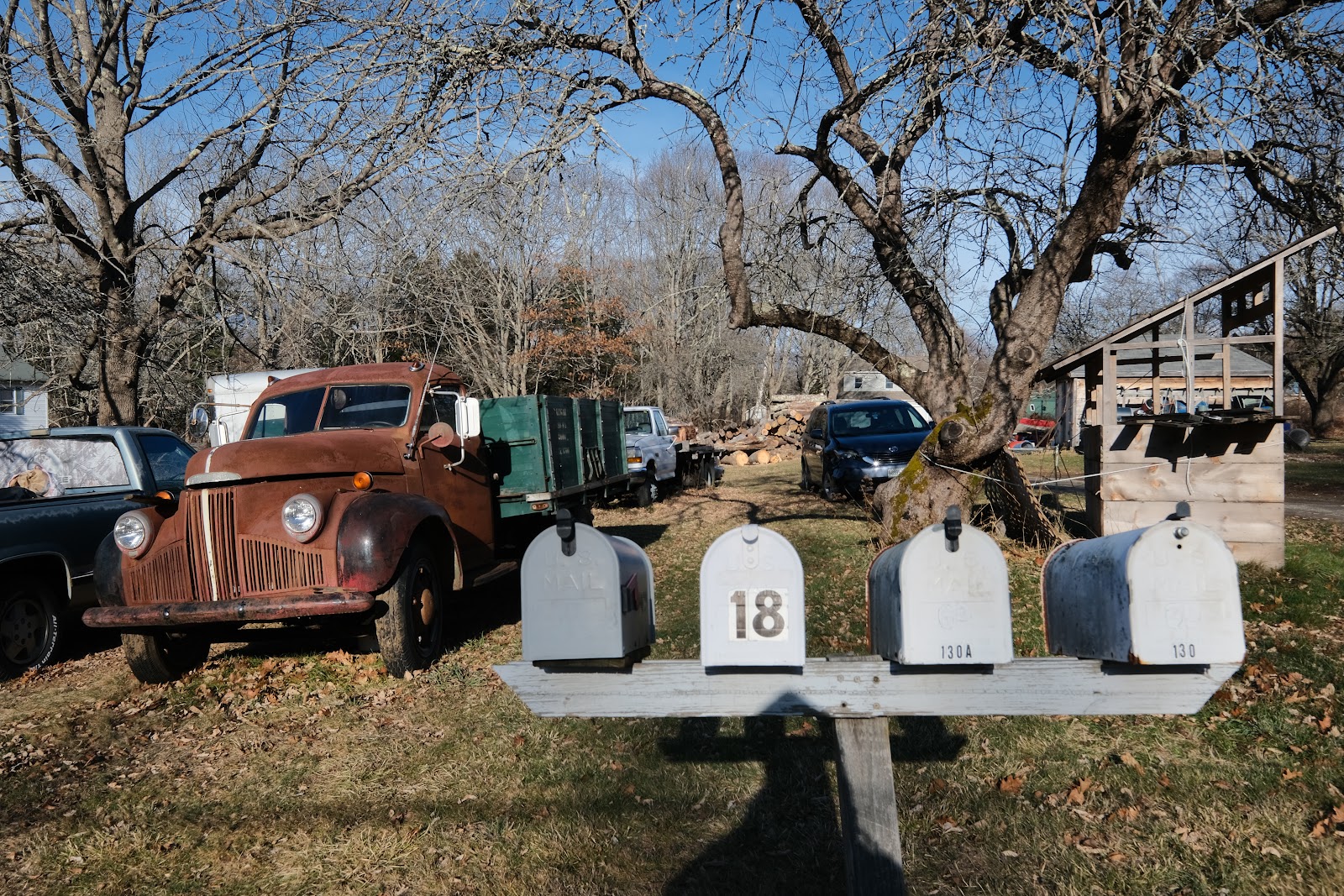
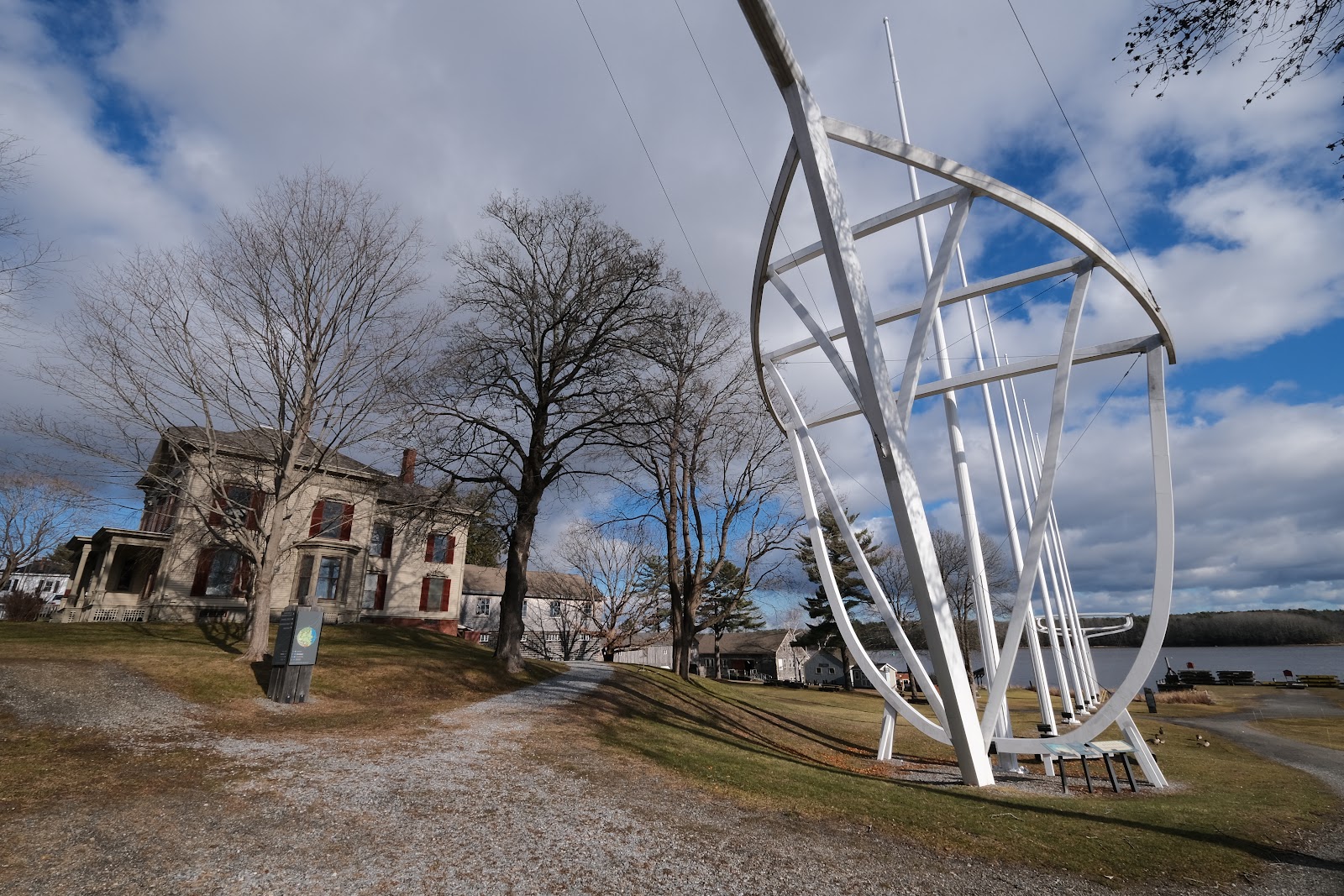


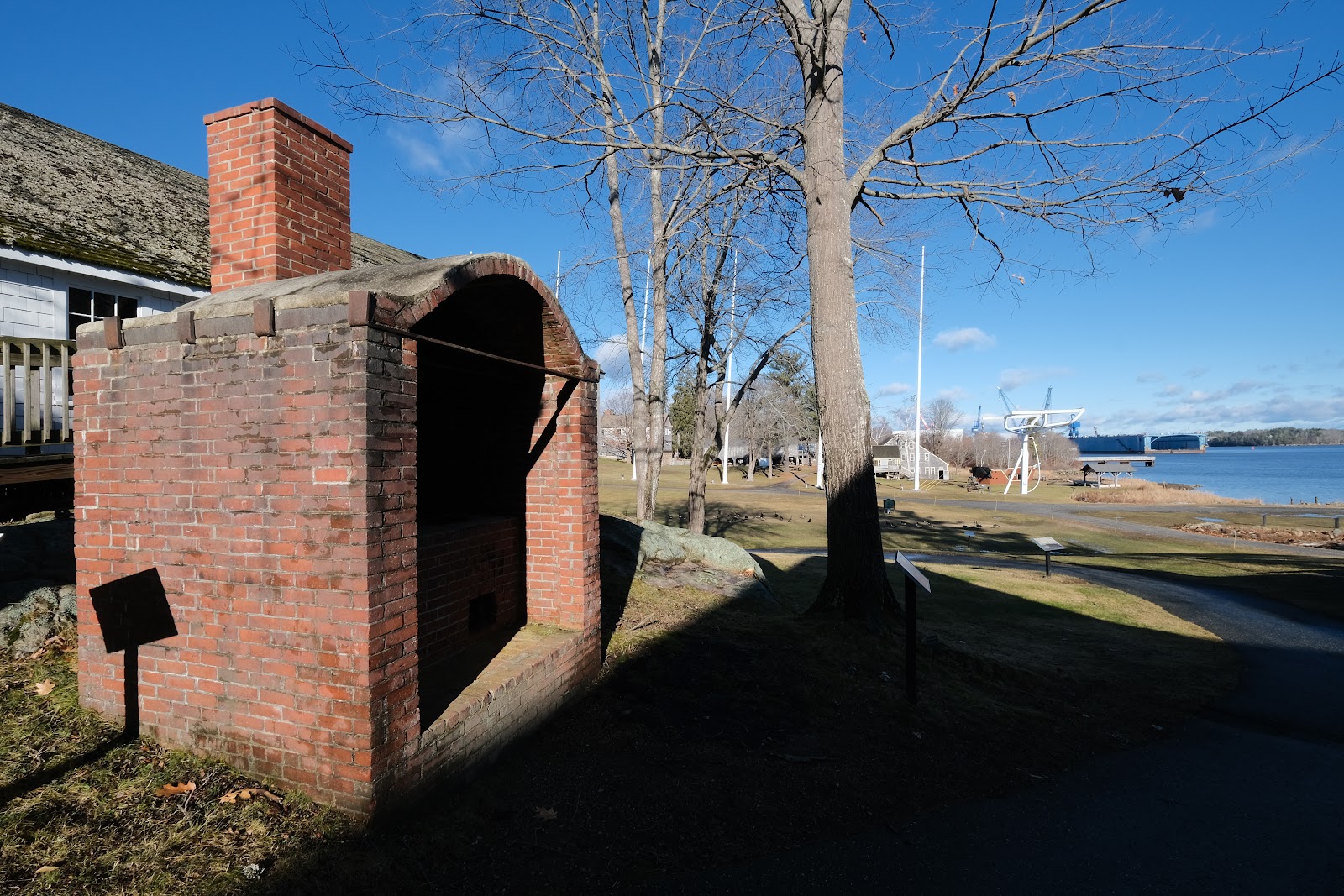








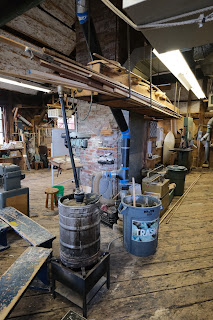
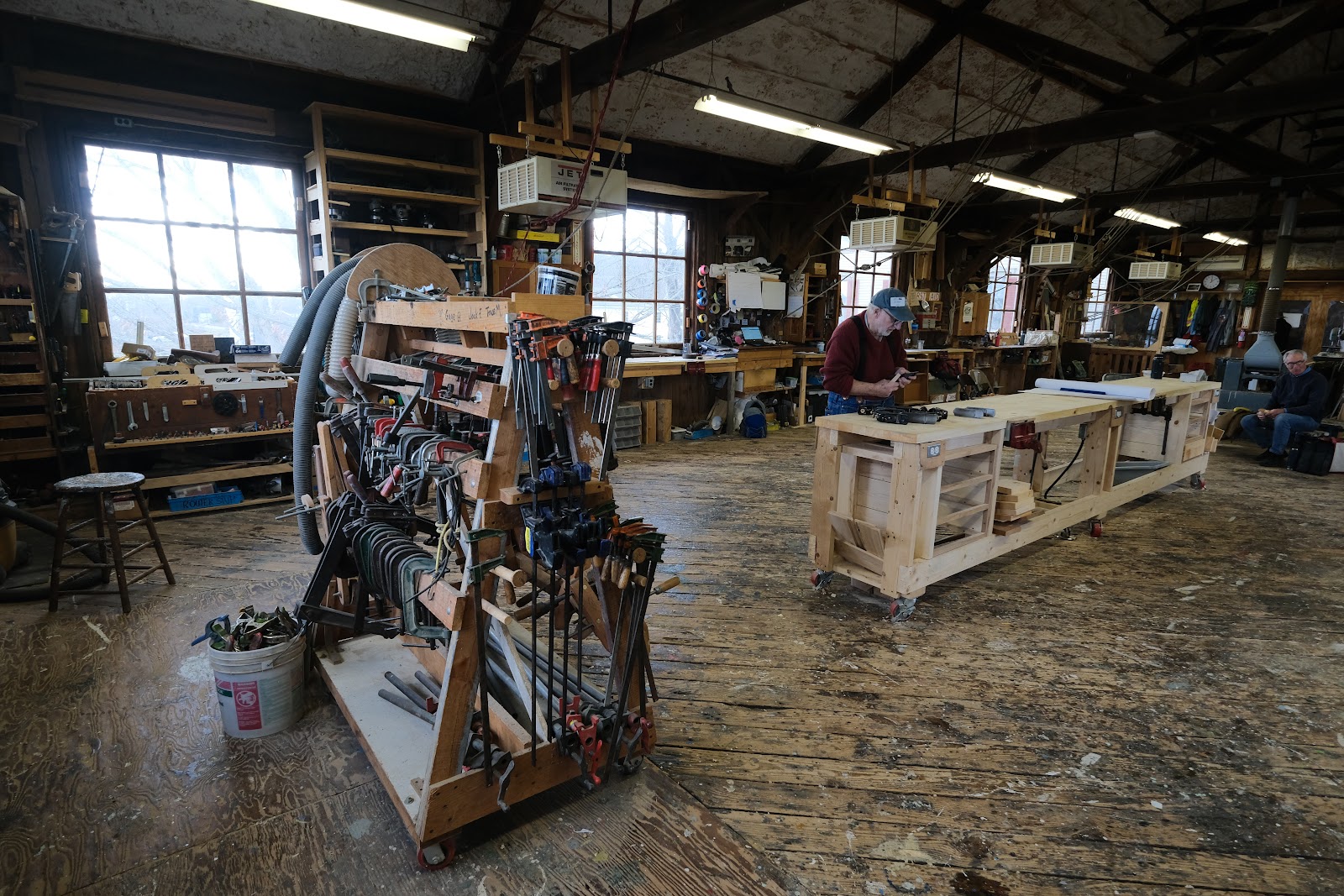
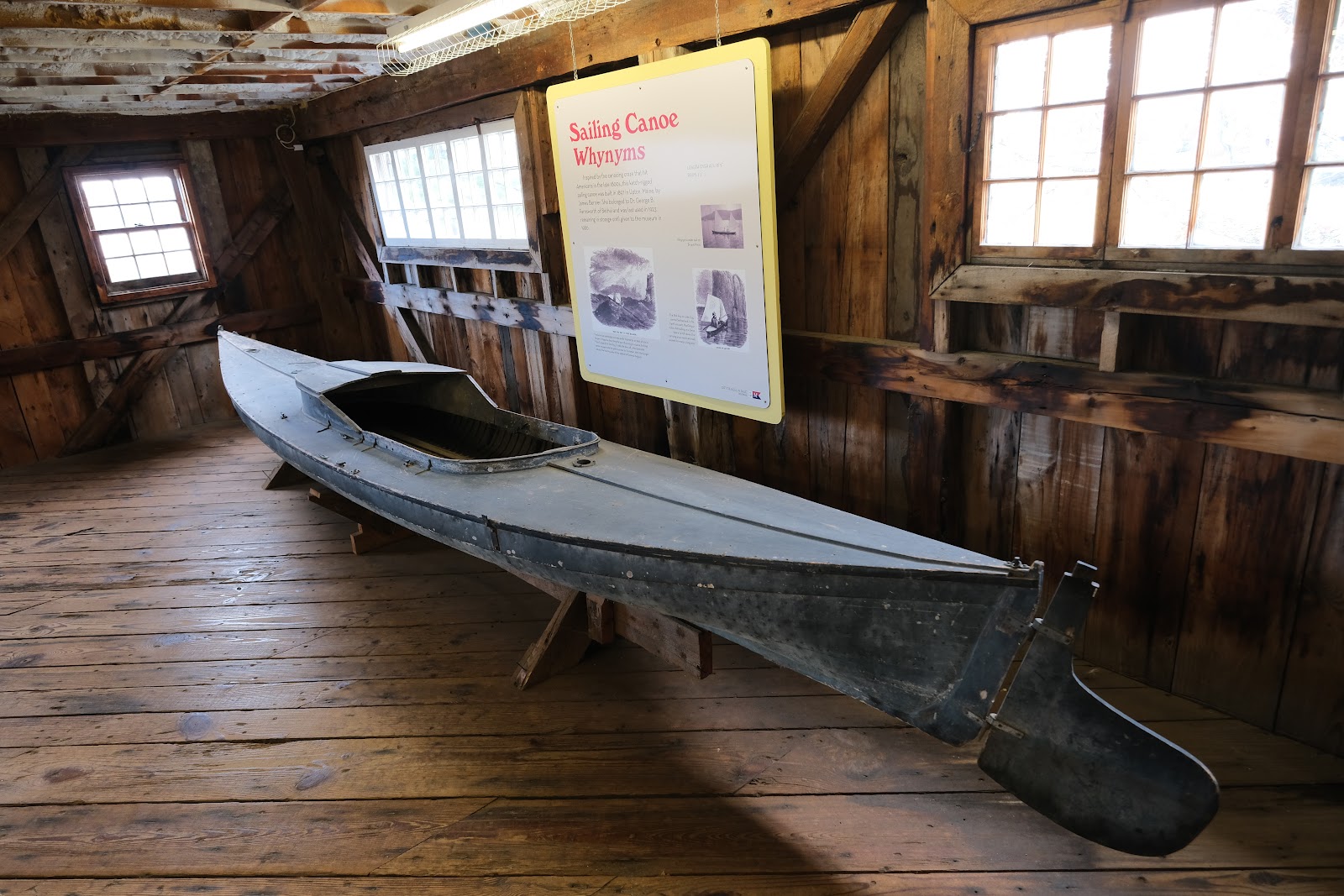


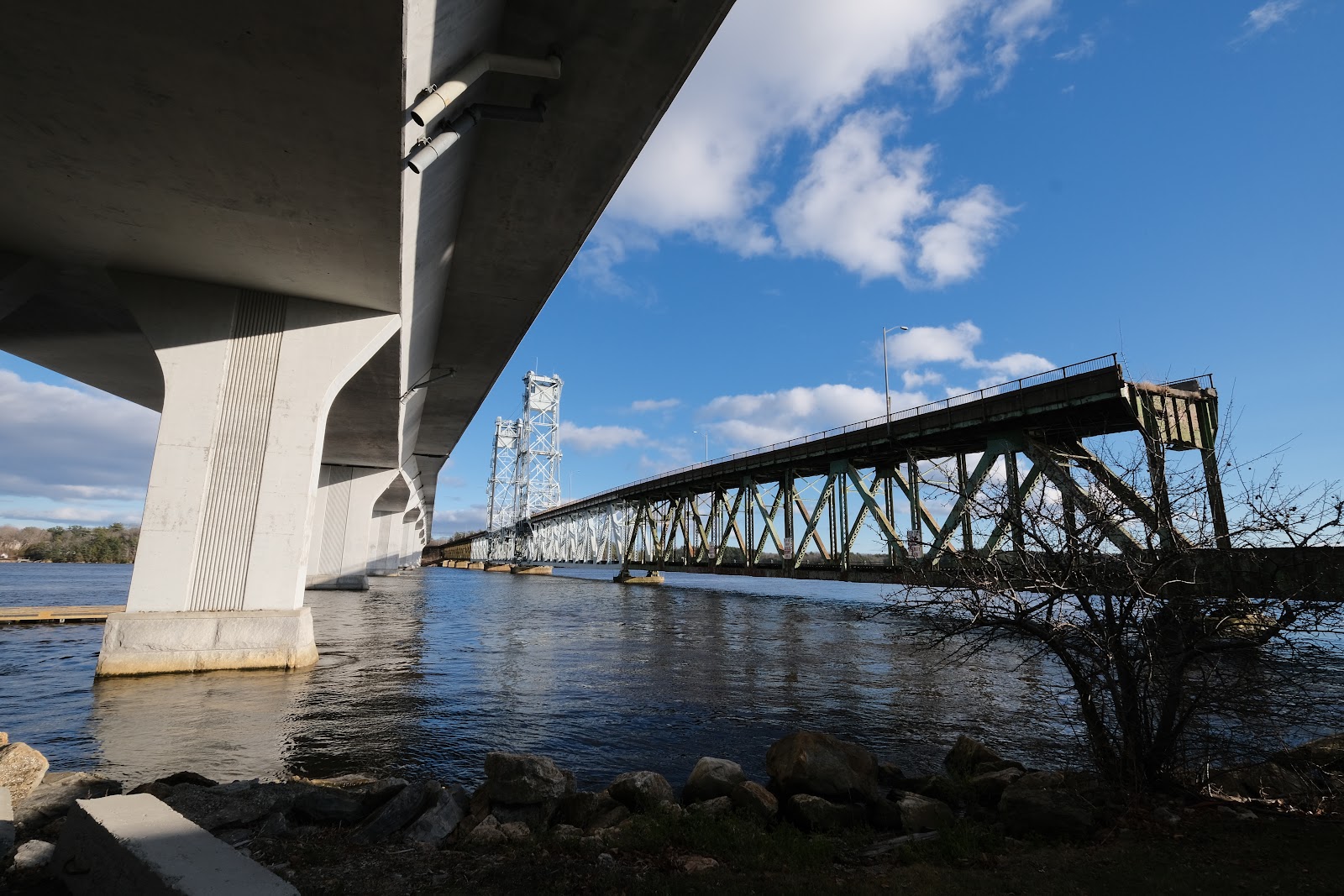



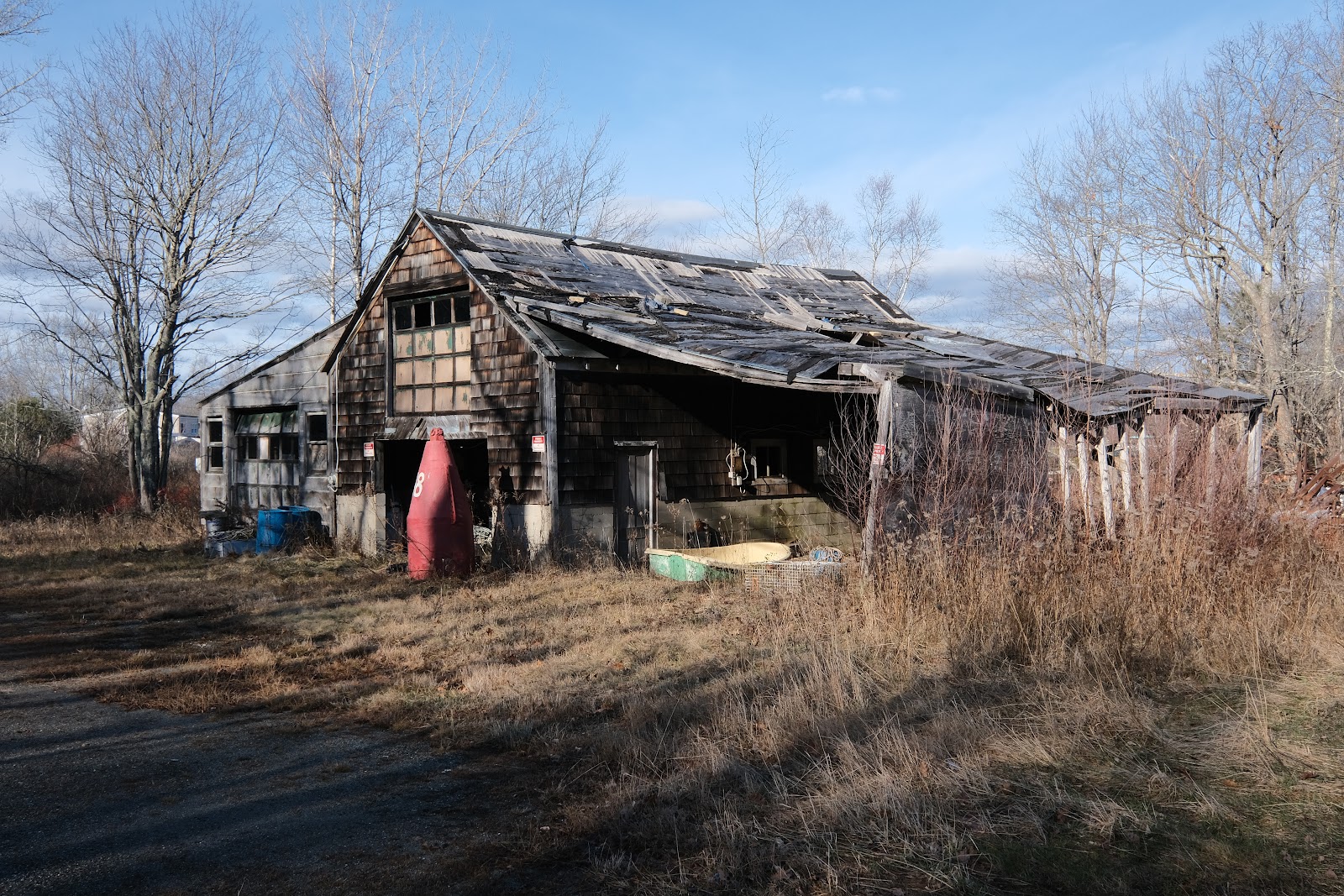

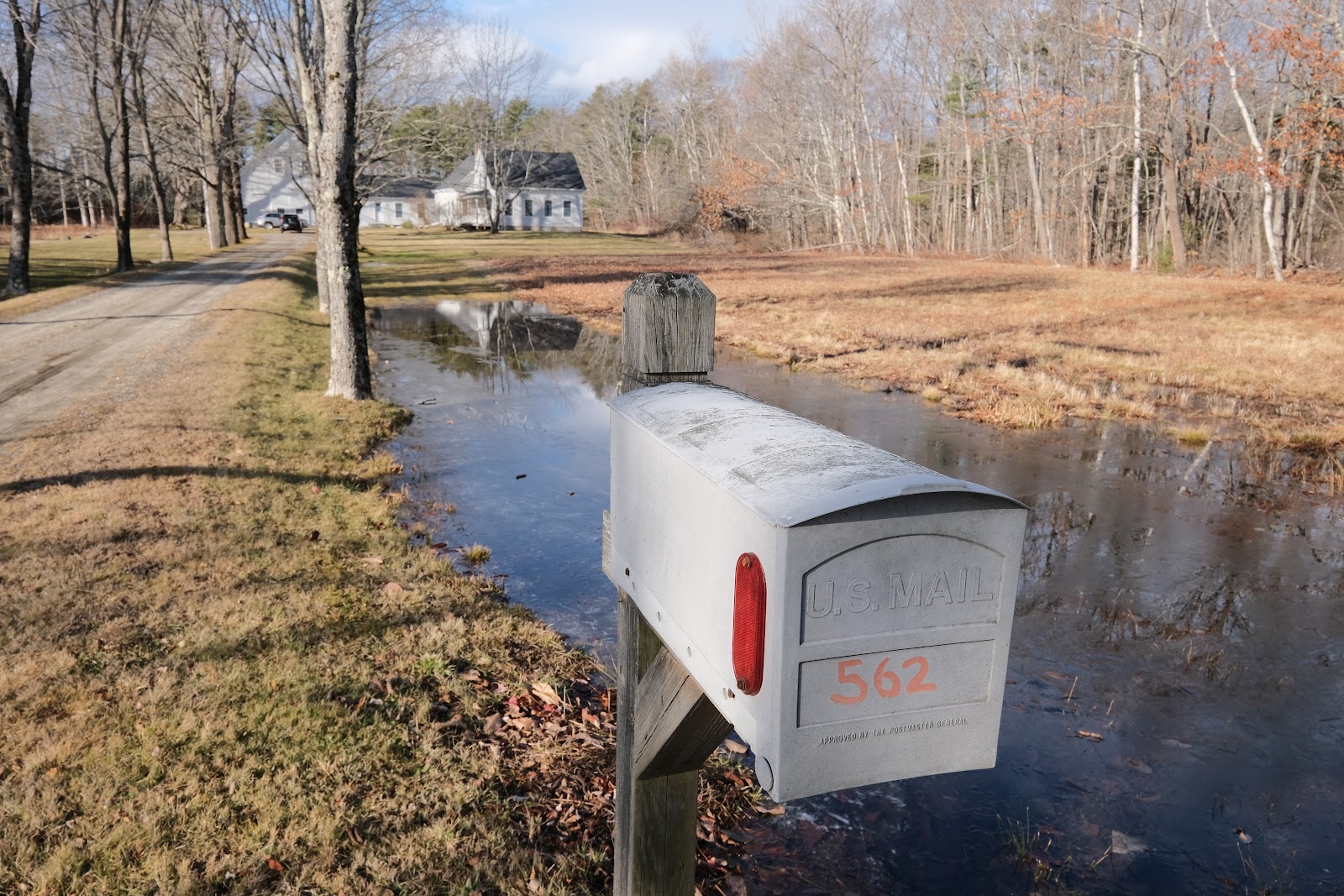
No comments:
Post a Comment